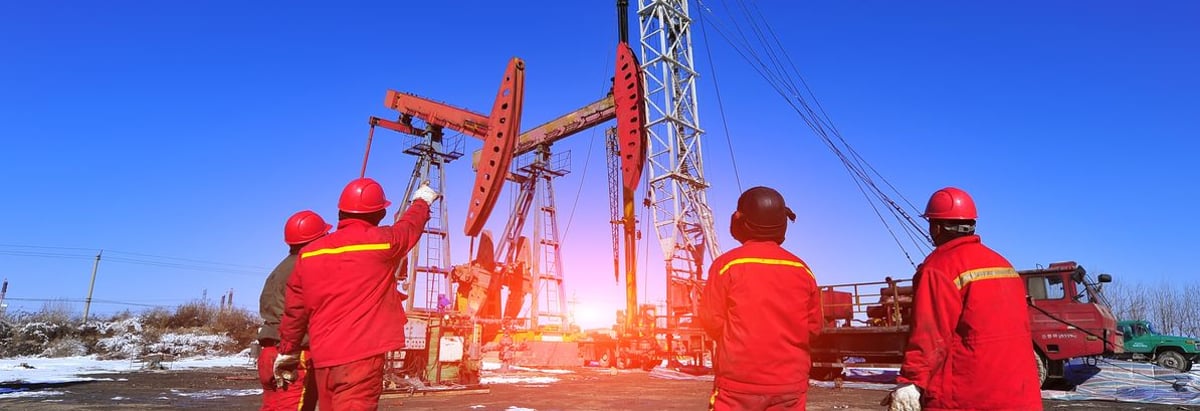Stock Analysis
- United States
- /
- Energy Services
- /
- NYSE:VAL
Returns On Capital Are Showing Encouraging Signs At Valaris (NYSE:VAL)

If you're looking for a multi-bagger, there's a few things to keep an eye out for. Typically, we'll want to notice a trend of growing return on capital employed (ROCE) and alongside that, an expanding base of capital employed. Put simply, these types of businesses are compounding machines, meaning they are continually reinvesting their earnings at ever-higher rates of return. Speaking of which, we noticed some great changes in Valaris' (NYSE:VAL) returns on capital, so let's have a look.
What Is Return On Capital Employed (ROCE)?
Just to clarify if you're unsure, ROCE is a metric for evaluating how much pre-tax income (in percentage terms) a company earns on the capital invested in its business. The formula for this calculation on Valaris is:
Return on Capital Employed = Earnings Before Interest and Tax (EBIT) ÷ (Total Assets - Current Liabilities)
0.049 = US$182m ÷ (US$4.4b - US$708m) (Based on the trailing twelve months to June 2024).
So, Valaris has an ROCE of 4.9%. Ultimately, that's a low return and it under-performs the Energy Services industry average of 11%.
See our latest analysis for Valaris
In the above chart we have measured Valaris' prior ROCE against its prior performance, but the future is arguably more important. If you'd like to see what analysts are forecasting going forward, you should check out our free analyst report for Valaris .
What Does the ROCE Trend For Valaris Tell Us?
We're delighted to see that Valaris is reaping rewards from its investments and has now broken into profitability. The company was generating losses five years ago, but now it's turned around, earning 4.9% which is no doubt a relief for some early shareholders. Additionally, the business is utilizing 78% less capital than it was five years ago, and taken at face value, that can mean the company needs less funds at work to get a return. The reduction could indicate that the company is selling some assets, and considering returns are up, they appear to be selling the right ones.
The Bottom Line
From what we've seen above, Valaris has managed to increase it's returns on capital all the while reducing it's capital base. And investors seem to expect more of this going forward, since the stock has rewarded shareholders with a 70% return over the last three years. In light of that, we think it's worth looking further into this stock because if Valaris can keep these trends up, it could have a bright future ahead.
Since virtually every company faces some risks, it's worth knowing what they are, and we've spotted 2 warning signs for Valaris (of which 1 is concerning!) that you should know about.
For those who like to invest in solid companies, check out this free list of companies with solid balance sheets and high returns on equity.
New: Manage All Your Stock Portfolios in One Place
We've created the ultimate portfolio companion for stock investors, and it's free.
• Connect an unlimited number of Portfolios and see your total in one currency
• Be alerted to new Warning Signs or Risks via email or mobile
• Track the Fair Value of your stocks
Have feedback on this article? Concerned about the content? Get in touch with us directly. Alternatively, email editorial-team (at) simplywallst.com.
This article by Simply Wall St is general in nature. We provide commentary based on historical data and analyst forecasts only using an unbiased methodology and our articles are not intended to be financial advice. It does not constitute a recommendation to buy or sell any stock, and does not take account of your objectives, or your financial situation. We aim to bring you long-term focused analysis driven by fundamental data. Note that our analysis may not factor in the latest price-sensitive company announcements or qualitative material. Simply Wall St has no position in any stocks mentioned.
About NYSE:VAL
Valaris
Provides offshore contract drilling services Gulf of Mexico, South America, North Sea, the Middle East, Africa, and the Asia Pacific.


